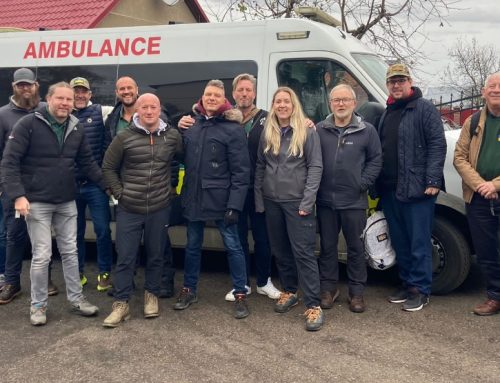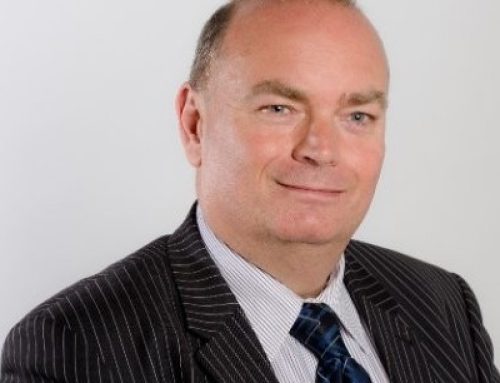Background
In a number of cases, Claimants have successfully argued that apparently minor collisions have sustained Diffuse Axonal Injury (DAI). In the medico-legal field these are known as Subtle Brain Injury claims. Recurring features in these cases have been the same Counsel, Marcus Grant QC; a neurologist, Dr Allder and a psychologist, Gillian Levett. In the recent decision of Hibbard-Little v Carlton, His Honour Judge Saggerson rejected the claim for organic brain injury and the Claimant recovered a fraction of the sum pleaded; £41,000 as against a schedule of £4,400,000. The Judge was critical of Dr Allder and Gillian Levett, particularly the latter.
The Facts
The Claimant was the driver of a Ford Focus which was struck in the rear by the Defendant’s vehicle travelling at approximately 30mph. She was wearing a seatbelt and did not strike her head as a result of the impact. Liability was not in issue.
She contended she sustained a cluster of cognitive, behavioural and physical problems including DAI together with PTSD. The Claimant’s case was that DAI could be caused by an acceleration – deceleration trauma even though there was no impact to the head.
Prior to the accident, the Claimant was employed as a teacher. She returned to work less than a month after the accident but ultimately left the profession in July 2014 because she says she was unable to cope due to the effects of her brain injury.
The Defendant denied that the Claimant sustained a very severe DAI or any other brain or neurological injury. The Defendant did not attempt to argue that her symptoms were explicable by a psychological or psychiatric condition. Nor did they argue that she was exaggerating her symptoms but that her evidence was inaccurate and unreliable and as a result the overwhelming part of her claim should not succeed.
The key points of the judgment are:
- There was insufficient evidence to find that there had been a rotational collision.
- There was a significant lapse in time, twelve months, between the accident and the point when the Claimant manifested serious symptoms.
- The Claimant was an unpersuasive historian in a number of areas including the onset of her symptoms, the reason she gave up work as a teacher and her career aspirations. The Judge noted that following the accident the Claimant was able to undertake a reasonably hard teaching role as well as plan a new business venture. She was functioning at a reasonable level throughout this period.
- The Judge rejected the hypothesis of a DAI and the medical evidence in support of this, largely on the basis of the Claimant’s unreliability and inconsistency, not because (save in one incidence) her experts were inadequate or the hypothesis medically would be unsupportable or implausible as a diagnosis in an appropriate case.
- The absence of MRI scanning was unhelpful. Dr Allder felt this was unlikely to show any brain injury. Even if the Claimant underwent 3T MRI, it is unlikely this would demonstrate visible brain damage because it only identifies 20% of patients who do have DAI. Having said that, when the scan is positive there is a 90% chance the patient does have DAI.
- He preferred the opinion of the Defendant’s neurologist for Heaney which was anchored more securely and realistically in clinical experience and practice and was less theoretical and academic than that of Dr Allder. Dr Allder had focused too much on theoretical plausibility and not enough on the coherence in the overall presentation by the Claimant. In assessing PTA retrospectively, the consistency of the history is important but there was a lack of consistency and coherence between the Claimants’ reporting of her symptoms in the early stages and her latter PTA assessments including those undertaken by Gillian Levett.
- The status, independence and objectivity of Gillian Levett was an issue at trial. Her attempts to appeal against the Order striking her name off the Health & Care Professions’ register had failed and her membership of the British Psychological Society had been terminated. She acted as both an expert and treating psychologist despite a strong recommendation by the BPS that such a dual role is usually unacceptable. It was noteworthy that some of the Claimant’s other experts were not prepared to act in an expert and treating role. She was evasive and lacking in insight.
- He was also not satisfied that she was sufficiently independent and objective as an expert witness. There was a real possibility she allowed her special interest in this type of case to stray into advocacy; not so much on behalf of the Claimant, but as an advocate for the identification of DAI in cases where previously none would have been found though had a nagging concern she had allowed herself too readily to accept at face value information provided by an unreliable historian. She was the only expert to identify a period of retrograde amnesia although the Claimant told Dr Allder she had a “very good memory of all the details up to the accident”.
- Dr Grace was impressive and less dogmatic. He accepted her evidence the Claimant had not suffered a brain injury.
- He also preferred the evidence of the Defendant’s neuropsychologist, audiologist and orthopaedic experts over their counterparts.
- He did not find the evidence of the Claimant’s care expert, Kathy Kirby, particularly helpful.
- There was a claim for very nearly £1m on the assumption there was a significant risk by the time the Claimant was aged 75 she would develop dementia and require 24 care. The Judge was not satisfied that the evidence was sufficient to prove even on the balance of probability that there was an increased chance of any dementia to the extent that she would require high levels of support. This was despite no expert evidence to counter Dr Allder on this point.
Comment
In minor collisions with no radiological evidence of brain injury, credibility and detail are crucial. It is essential to obtain all the medical records and interview witnesses who were present or attended the accident in relation to the Claimant’s level of awareness.
It is also essential to instruct experts who are familiar with the literature in relation to DAI.
It is interesting to note that, while the Judge found the Claimant was an unreliable historian whose evidence was riddled with inconsistencies, he did not find (nor does he appear to have been asked to find) that she was exaggerating or malingering. It will be interesting to see what costs orders were made in the case because this appears to be a case where QOCS will apply.
The Judge rejected Dr Allder’s evidence on the basis it was too theoretical but was also very critical of Gillian Levett, questioning her reliability and objectivity. It is always cause for concern when an expert tries to act in a treating role and she may have to adjust her position on these cases going forwards. The Judge rightly took into account the fact that Ms Levett had been struck off the HCP register and her membership of the BPS had been terminated. It is important that experts, particularly in high value personal injury claim,s have proper credentials.
An interesting feature of this and other subtle brain injury cases is that some of the assessments by the Defendant’s medical experts had been recorded by the Claimant on her iPhone but the Judge commented that none of the assessments by the Claimant’s experts were recorded. It is submitted that if Courts allow recordings of examination then it should apply to both parties and the transcripts should be disclosed promptly.
This case demonstrates the importance of Defendants adopting a forensic approach to subtle brain injury claims.
Credit to Clyde and Co who defended this case, and to Plexus Law for the original article, which can be seen here.






